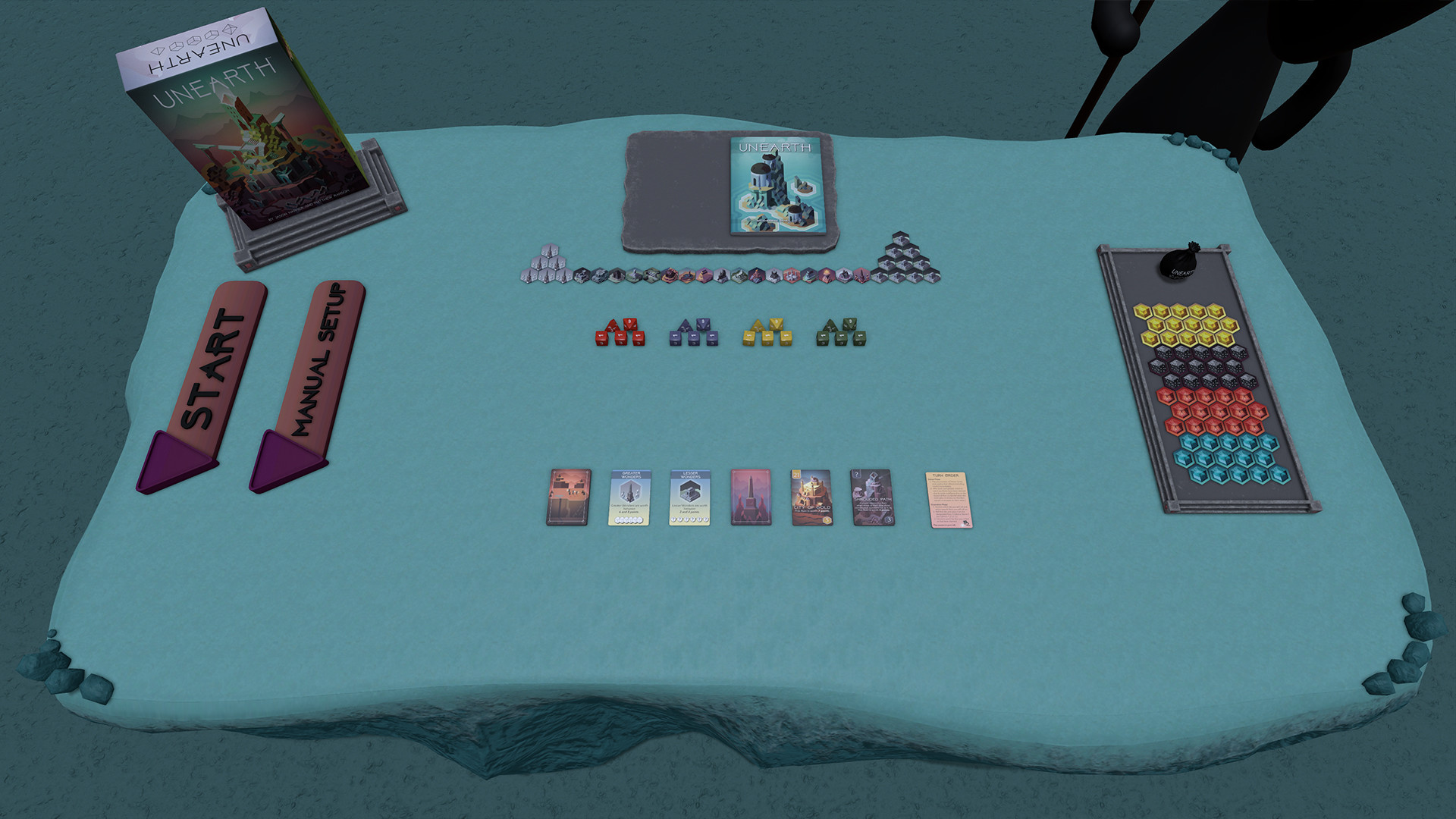

At the moment, I'm building a multi-layered battle map using hovering boards and a 3D ladder model I imported, and recently, I had some players take on a trio of half-orcs in a game of 'harky,' making them roll d20s to pass and shoot a 'puck' I made by resizing a checkers piece. The best thing about Tabletop Simulator is that only the host has to have any Workshop or custom assets used in the game-it's all uploaded to the Steam Cloud and shared with the other players. Because you can't quite get a perfect topdown view, it didn't really work, but it was a fun experiment.
#TABLETOP SIMULATOR BEST GAMES MOD#
And secondarily, because you love spending hours creatively setting up your play space, which I do.Ībove: I made this board using the Divinity: Original Sin 2 mod tools.

So why use Tabletop Simulator? Primarily, to approximate the feeling of being around a real table, with all the goofing off that goes with it: players ignoring the DM and stacking dice, flicking downed monsters off the table, arguing about whether a dice roll was really a roll.

It's also terrible at handling editable text. Clicking links in the tablets sometimes stops working, and the browser is just about featureless: no tabs, no history, no bookmarks. Though the Steam Workshop provides a bounty, I'm surprised by how few high-quality fantasy figurines, backgrounds, and table styles are included by default. More serious players will probably prefer it, and Tabletop Simulator leaves much to be desired despite its frequent patches. is the cheaper, more practical solution for remote D&D: a clean mapping interface, easy access to official reference material, built-in video chat, and quick dice rolls. is the cheaper, more practical solution for remote D&D. The pros and cons of using Tabletop Simulator You can quickly upload prepared battle maps, and cover the table with character sheets, DM cheat sheets (which can be hidden from players), and even 'tablets' open to Google Docs or D&D Beyond if you need to look up a spell or monster stats or pass notes to the players.Ībove: While it looks mostly illegible from here, you can zoom in super close to imported images to read them. Players will never have to go searching for a D12, because you can copy and paste 50 of them into a pile if you want. Tabletop Simulator has some advantages over a real table, too. Yet despite a couple disconnects, the session went at about the pace of any in-person D&D session I've played. My players also had atrocious pings, especially our poor indie editor, Jody, who was connecting to me from Australia. If you instinctively hit Ctrl-Z to undo a line you drew, for example, the whole table reloads, and dropping items near boxes sucks them in nearly instantaneously, making all containers dangerous black holes. It's powerful-and frustratingly janky, which is why I worried the whole thing might be a bust. There are built-in rulesets for common games, but everything down to the lighting and individual object physics can be customized. Tabletop Simulator is just what it sounds like, a virtual table where game boards, playing cards, dice, figurines, and other objects can be picked up, dealt, rolled, and chucked around.


 0 kommentar(er)
0 kommentar(er)
